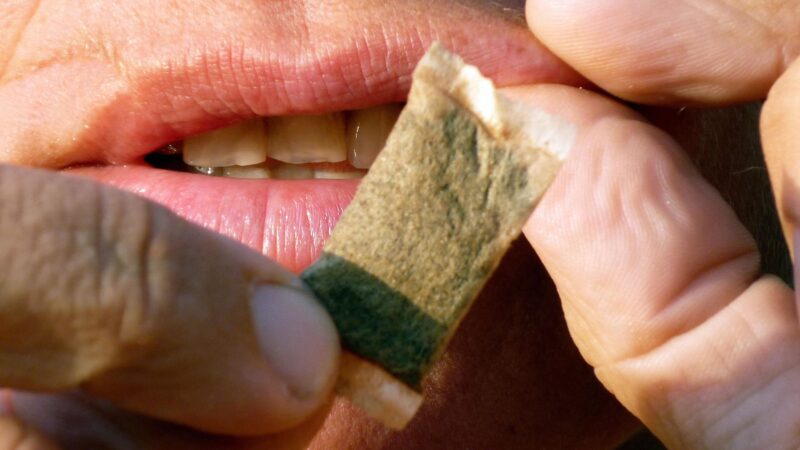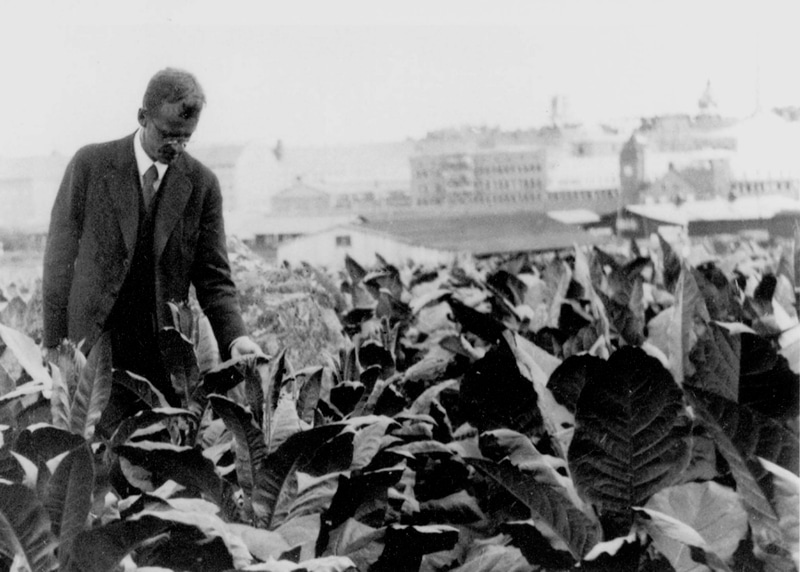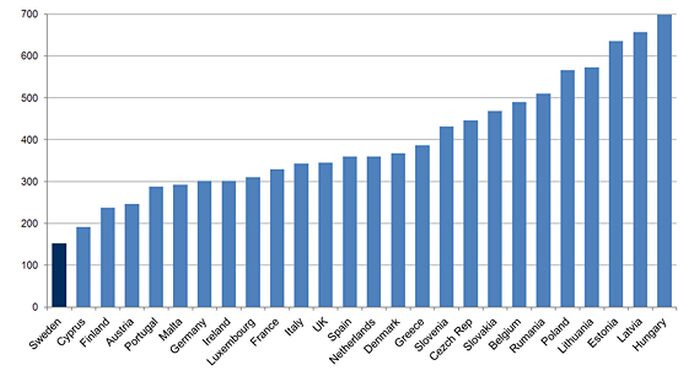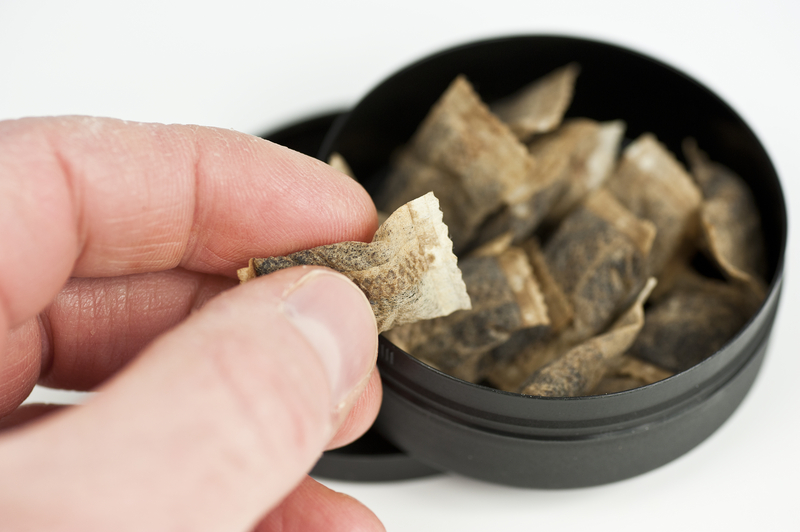In the field of tobacco industry, besides the universally known cigarettes, there are many other goods that have the same effect as cigarettes, but work differently. Most often, these goods, such as chewing tobacco or cigars, are associated more with the older generation. However, the assumption that it is a dying commodity is not true. The tobacco market continues to flourish as it has some new products such as snus. But what were the beginnings of snus actually like?
Snus and its history: What is snus?

Snus is a powdery substance that contains tobacco. It is sold in small pouches, each of which is arranged in a circle in a metal box, so the portions have been pre-sorted. Snus is consumed orally and is particularly popular in Sweden and Norway, where most of the companies that produce snus are based. Snus is similar in shape to the nicotine pouches that are also available.
The difference is, however, that snus contains tobacco and the aforementioned pouches do not, which also changes the manufacturing process.To produce snus you need as a starting product the tobacco plant. Here, depending on the type of snus and desired taste, a different tobacco plant is selected, which is then air-dried. When the tobacco is finally completely dried, it is ground and water is added. This is also the big difference from chewing tobacco, as the latter is only cut into strips, but not ground. Already since the 19th century, it is also common that the snus is subsequently heat treated.
This heat treatment has many advantages for the end product the snus as for example that costs can be saved and also the taste is finally more intensive. Apart from this, this heat treatment is also used to keep the nitrosamine content of the snus low.Just as with chewing tobacco, there are also different flavors and aromas of snus, which are brought to market by different brands. Since the snus up to this point in the production only has the typical tobacco taste, flavors must be added so that the desired taste can be achieved and also other substances such as salt are added.
History of snus: Back then

Snus has its origins in Scandinavia and has been known there since the 19th century. The oldest snus variety, which came on the market in 1822, is “Ljunglöfs Ettan”. This is a snus brand from Sweden, which is known for its tobacco flavor with an undertone of chocolate and a smoky note. Meanwhile, the company belongs to the largest snus manufacturer on the market “Swedish Match”. Traditionally, the snus is filled loosely into the metal box and the consumer can take out the desired amount. Only with the time it established itself also with other brands that one fills the Snus directly into small bags and thus the portions are determined before. Furthermore, Ettan relies on a relatively “healthy” form of tobacco i.e. that in a Snus Böxchen only about 1.8ppm carcinogenic substances are contained, while a conventional cigarette contains about 85% more.
Snus history: present time
Snus is still very popular in the society today and a clear favorite it is in the Scandinavian countries. This fact comes not only from the fact that snus was developed and launched in Sweden and thus has a long tradition, but also because snus is often used as an alternative to cigarettes or other tobacco products.
In many Scandinavian countries, the rules are very strict regarding the consumption and possession of tobacco products, and in addition they are usually taxed so high that a pack of cigarettes would be incredibly expensive if you compare it with the European average. People therefore prefer to buy snus instead of spending an incredible amount of money on a pack of cigarettes, which is also much more unhealthy. Until today, the form of snus has also survived and is consumed orally as ground powder. When talking about snus, it can either be taken and purchased completely loose as a powder or purchased packaged in small pouches.
From the snus history, it is clear that the form of portioned snus was introduced to the market much later and is a more modern form. The loose powder must be portioned itself and is usually either in the hand or with a tobacco portioner divided into the correct portions. With the sachets, one has the advantage that they are already divided and can be consumed directly so. Snus is placed under the tongue and dissolves there in combination with the spit. Unlike chewing tobacco, nothing more has to be spit out here.
Snus history: regulations regarding consumption in different countries today

As mentioned above, snus is especially popular in Scandinavian countries such as Sweden and Norway and also it is popular in Switzerland. Click here to buy snus in the online shop. In these countries, both the production, possession, consumption and distribution of snus is allowed. In the EU in general (with the exception of Sweden) the distribution of snus is not allowed and therefore you cannot get it in stores or other trade.
Consumption and possession of snus is allowed, but it is difficult to get the product within the EU. Another European country that is not in the EU, however, and where the distribution of snus is also allowed since 2019, is Switzerland. However, no matter which European country you are in, the general consumption of snus is only allowed from the age of 18, just like other tobacco products such as cigarettes, etc.More information about snus
Health information
Snus is generally considered to be far less dangerous than cigarettes. The reason for this is that snus is not smoked, which significantly reduces the burden on the lungs. Nevertheless, one should not be misled, because snus is also a nicotine-containing product that contains many harmful substances. Especially if consumed regularly and excessively, it can affect health (such as in the form of oral cancer, etc.) and it is not recommended.












